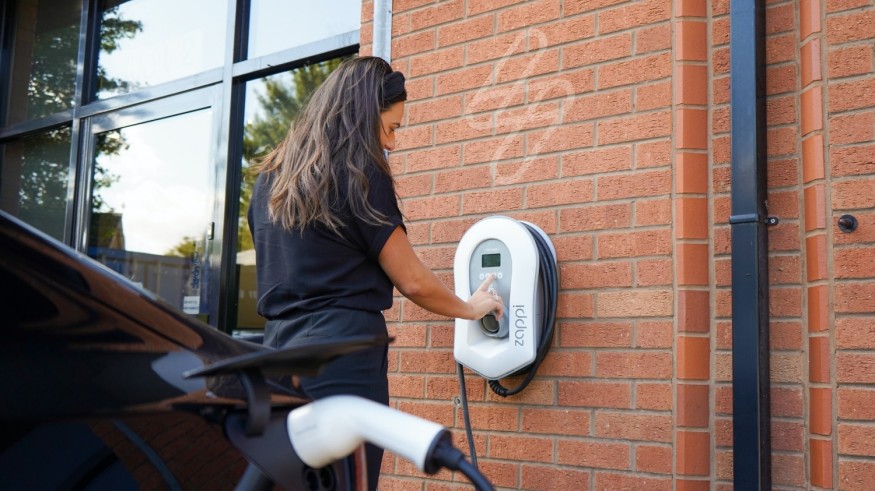
The revolution in the automotive industry is well underway, with electric vehicles (EVs) leading the charge toward a greener and more sustainable future. As EVs gain popularity, the demand for a robust charging infrastructure has become more pressing than ever. Fortunately, advancements in charging technology are unlocking new possibilities, making it easier for EV owners to charge their vehicles conveniently and efficiently. In this blog post, we will explore the exciting developments in charging infrastructure and the environmental benefits they bring.
Faster Charging Stations
One of the most significant advancements in charging infrastructure is the proliferation of fast charging stations. These stations are capable of delivering a substantial amount of power to EVs, significantly reducing charging times. While early charging stations often took hours to fully charge an EV, fast charging stations can replenish the battery in a matter of 30-60 minutes.
Fast charging stations utilize high-power chargers that can provide a rapid charge to EVs with compatible technology. With power outputs ranging from 50 kilowatts to 350 kilowatts, these charging stations can add hundreds of miles of range to an EV in very little time. This breakthrough in charging technology is transforming the perception of electric vehicles and addressing one of the main concerns of potential buyers which is range anxiety. For instance, with these fast charging stations, a BMW electric car charger can fill up a battery to 80% charge in an hour or less instead of taking several hours. Newer models of BMWs and other EVs are more likely to have the capacity for faster charging as well versus previous car models.
Ultra-Fast Charging
As if fast charging wasn't impressive enough, the latest breakthrough in charging infrastructure comes in the form of ultra-fast charging. This technology is set to revolutionize the EV charging experience by delivering even higher power outputs and reducing charging times to mere seconds.
Ultra-fast charging relies on advancements in battery technology and charging protocols. New battery designs and chemistries enable higher charging rates without compromising the battery's lifespan. Additionally, the adoption of new charging standards, such as the Combined Charging System (CCS) and the forthcoming Plug and Charge standard, simplifies the charging process and enhances compatibility across different vehicle models.
With ultra-fast charging, EV owners can stop at a charging station and add several hundred miles of range in just a few minutes. This kind of convenience brings EVs closer to the experience of refueling at a traditional gas station, eliminating any lingering doubts or range anxiety associated with long-distance travel.
Expanding Charging Infrastructure
To support the growing number of electric vehicles on the road, local governments, private businesses, and even public organizations are investing heavily in expanding the charging infrastructure. This expansion is vital to ensure that EV owners have access to charging facilities whenever and wherever they need them the most.
Charging stations are being installed in various locations, including shopping centers, parking lots, rest areas, and along major highways. This means that you won't need to worry about running out of charge on a long trip. Urban areas are particularly targeted, with curbside charging stations and charging points integrated into streetlights becoming increasingly common. These initiatives aim to provide convenient charging options for EV owners who may not have access to private charging facilities at home.
Moreover, charging infrastructure is no longer limited to standalone stations. Integrated charging solutions are being incorporated into existing infrastructure, such as parking garages and office buildings, offering seamless charging experiences for EV owners. This integration further enhances the accessibility and convenience of electric vehicle charging.
Environmental Benefits of More Charging Stations
The expansion of charging infrastructure brings with it a multitude of environmental benefits. As more EV charging stations become available, the adoption of electric vehicles is likely to increase, resulting in reduced greenhouse gas emissions and improved air quality. By transitioning from fossil fuel-powered vehicles to electric ones, we can significantly decrease our dependence on finite resources and mitigate the harmful effects of climate change. Electric vehicles produce zero tailpipe emissions, eliminating harmful pollutants such as carbon monoxide, nitrogen oxides, and particulate matter that contribute to air pollution and respiratory illnesses.
Additionally, the increased availability of charging stations encourages longer trips and enables EV owners to confidently travel to regions that were previously inaccessible due to limited charging infrastructure. This expanded range contributes to the overall versatility and practicality of electric vehicles, making them a viable option for both urban and rural areas.
In addition to the direct environmental benefits of EVs, the charging infrastructure itself can be designed with sustainability in mind. Many charging stations are powered by renewable energy sources such as solar or wind, further reducing the carbon footprint associated with vehicle charging. The combination of clean energy generation and zero-emission vehicles creates a synergistic effect, maximizing the environmental advantages of electric transportation.
© 2026 NatureWorldNews.com All rights reserved. Do not reproduce without permission.





